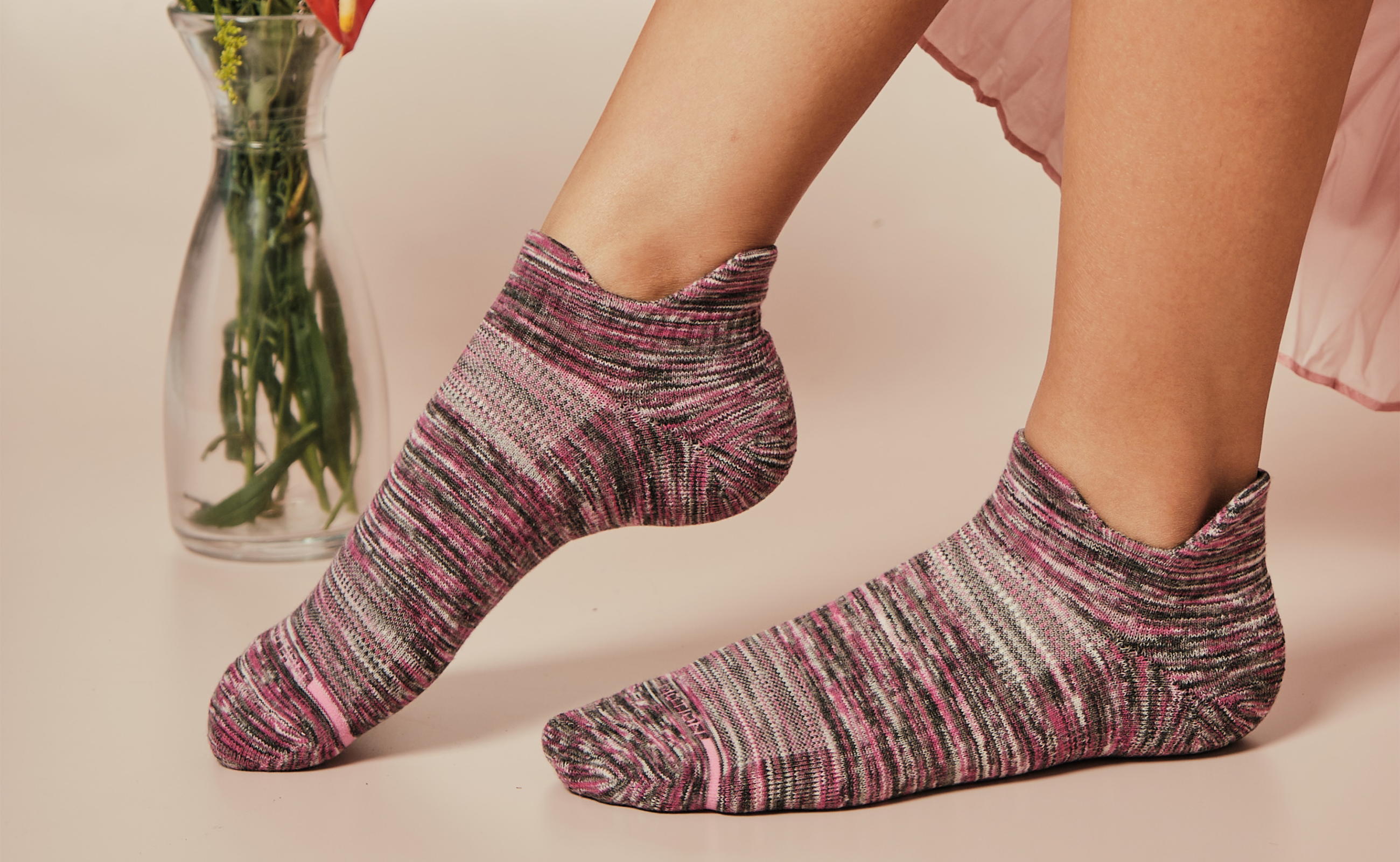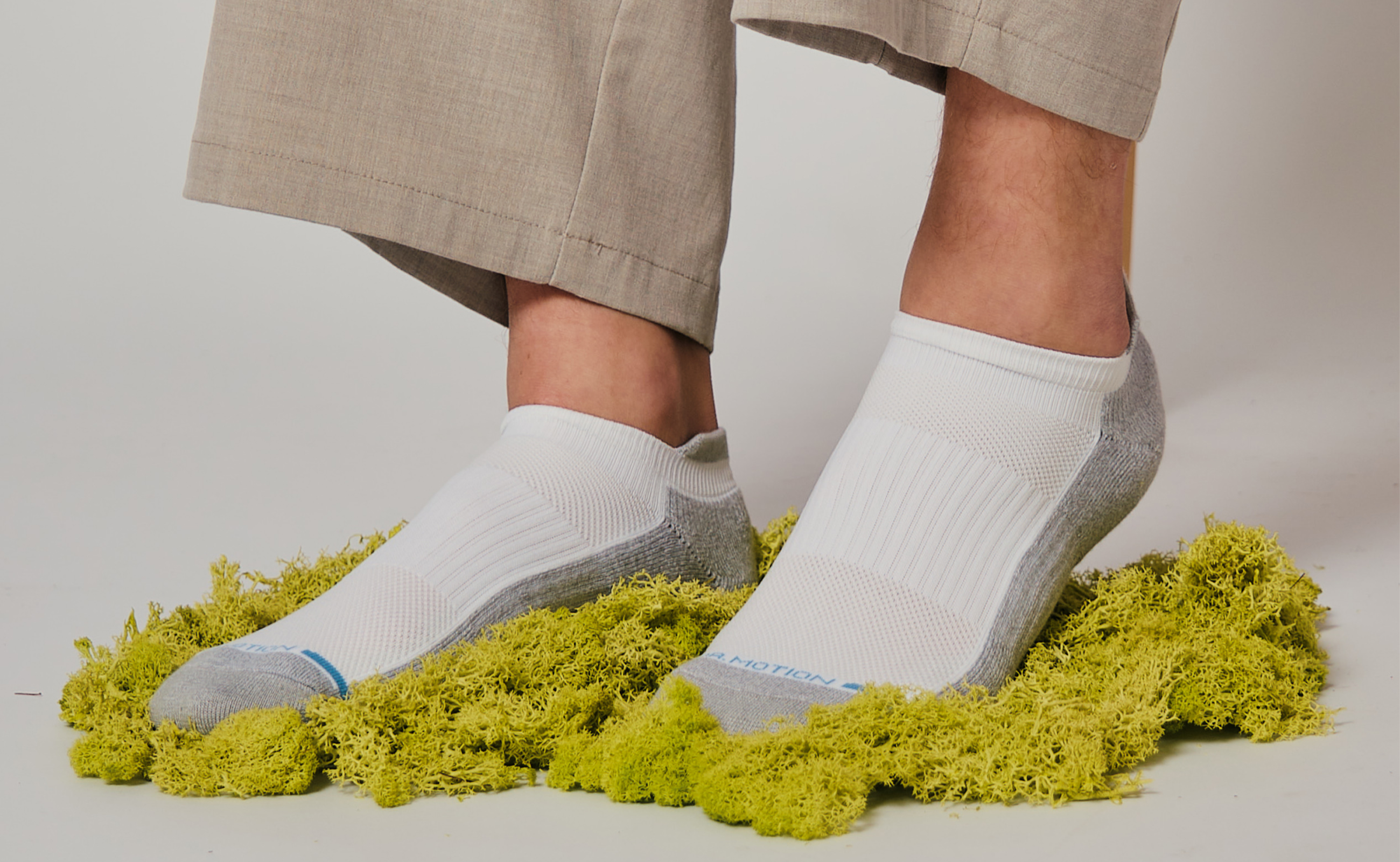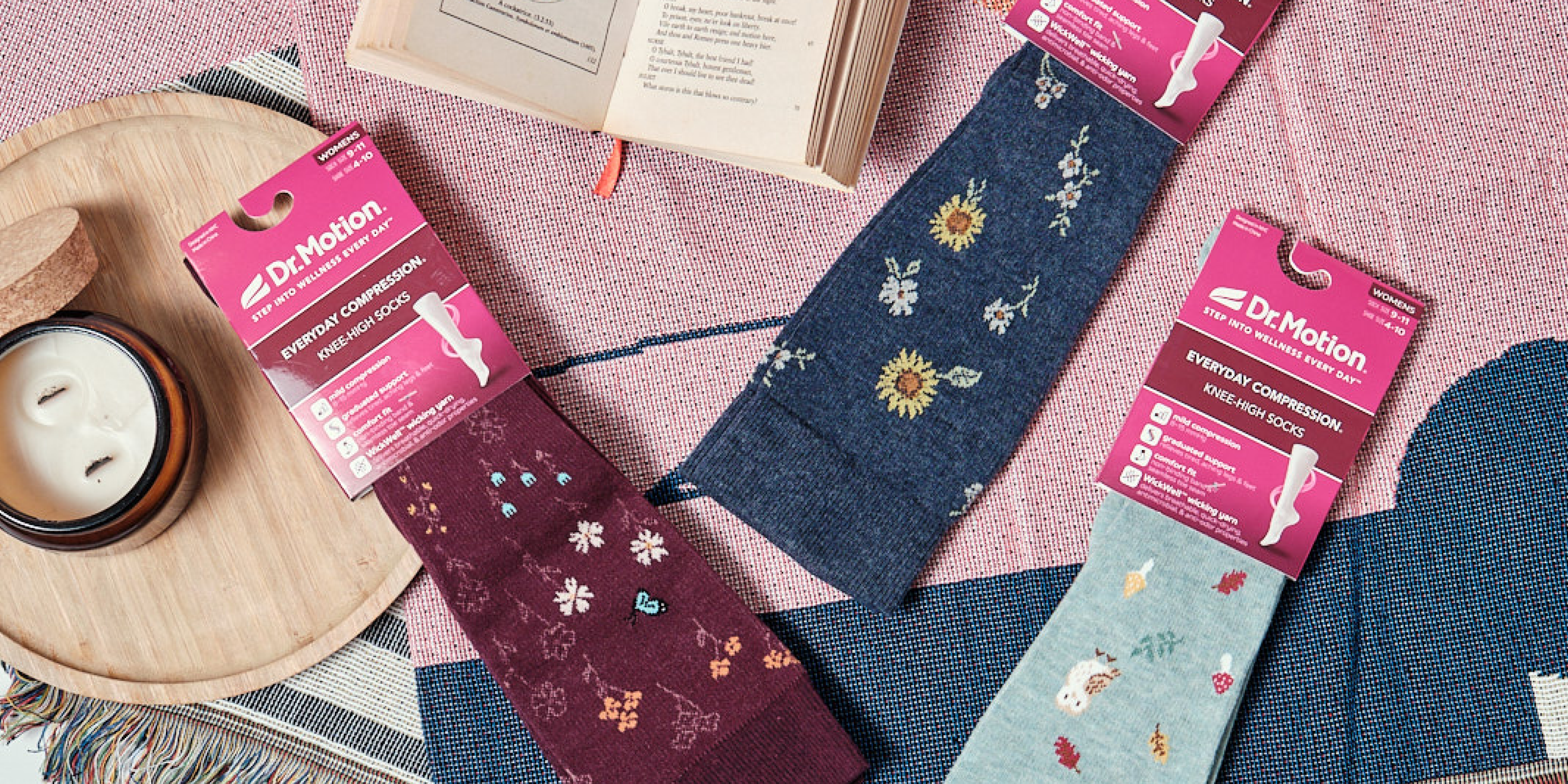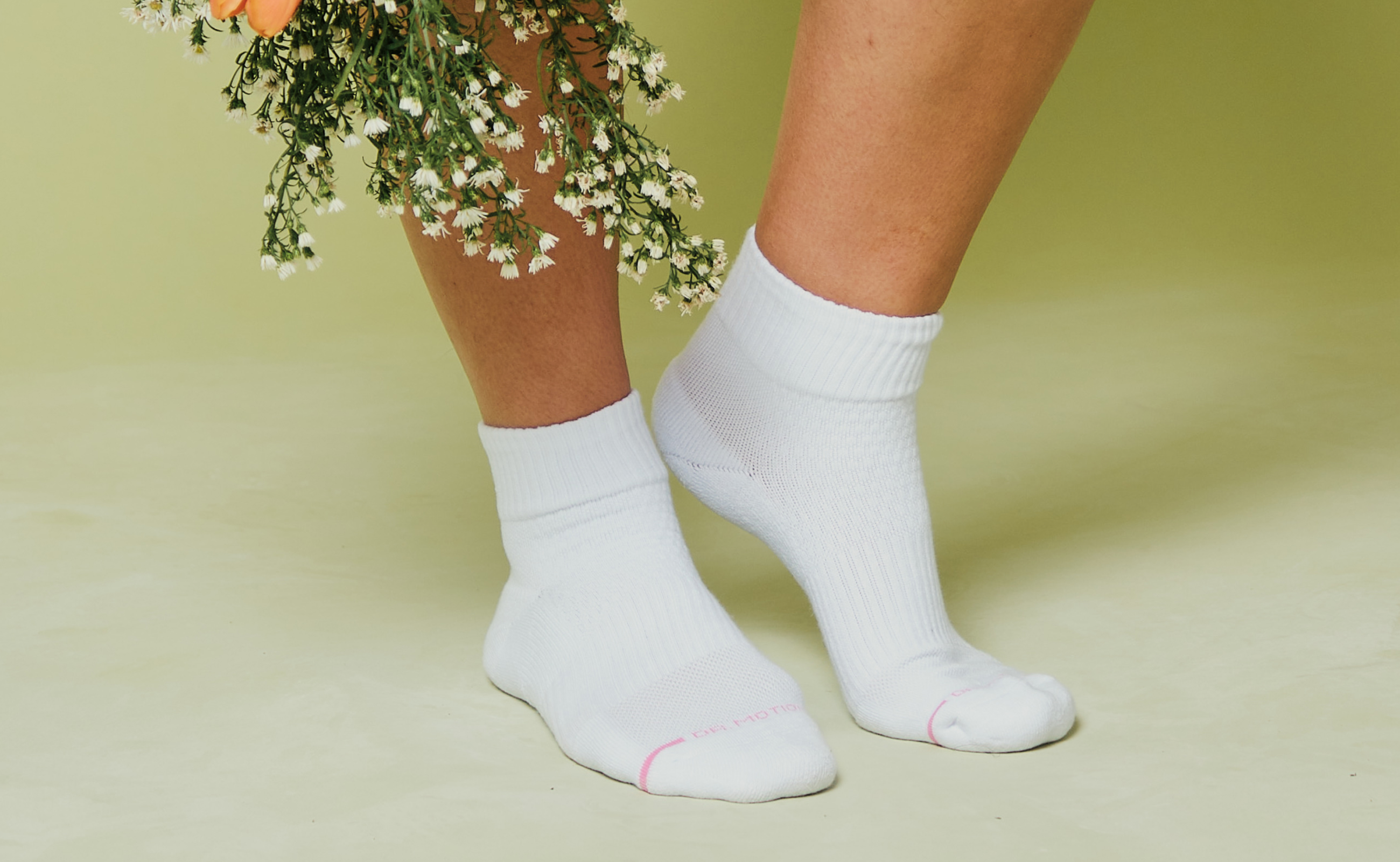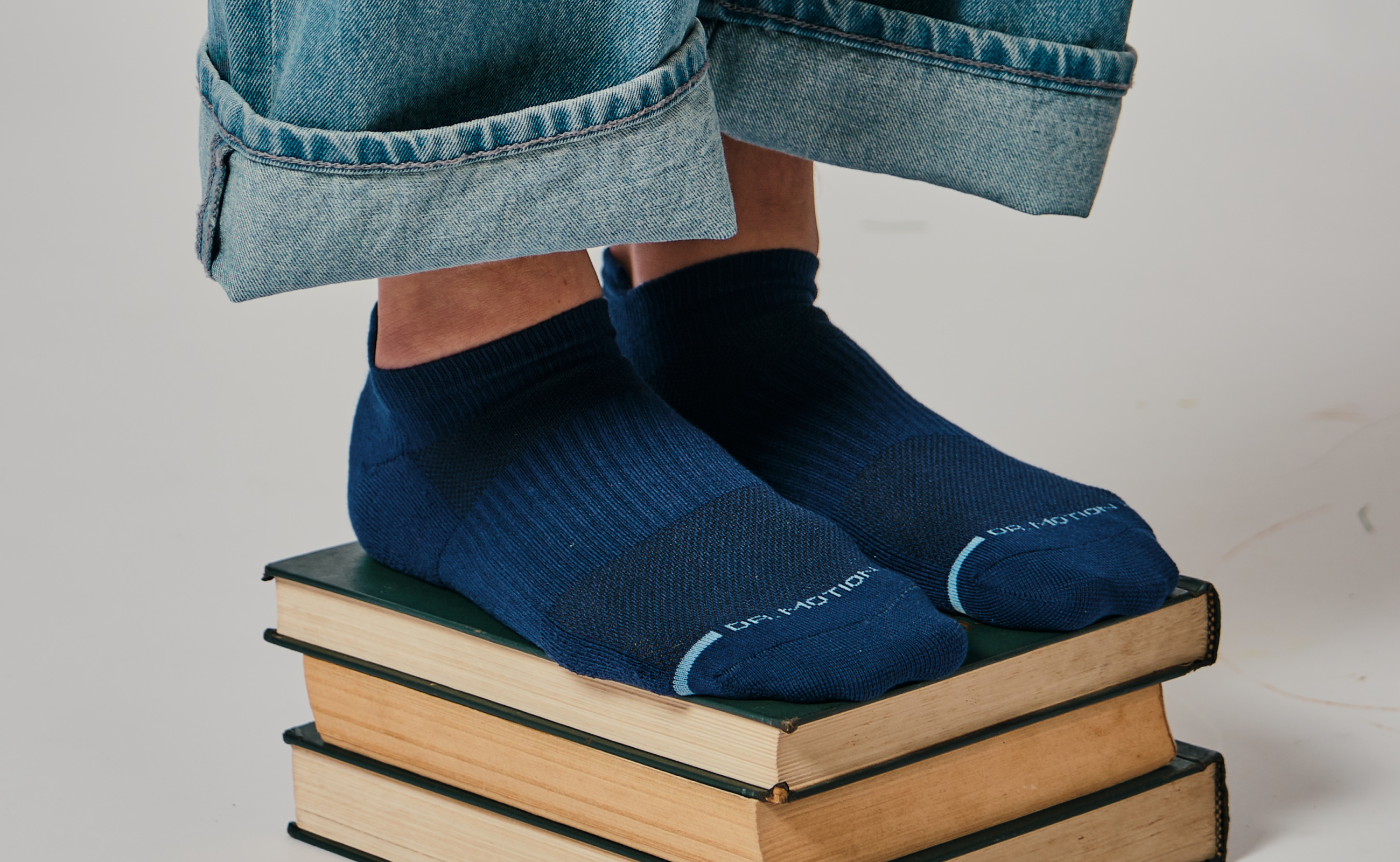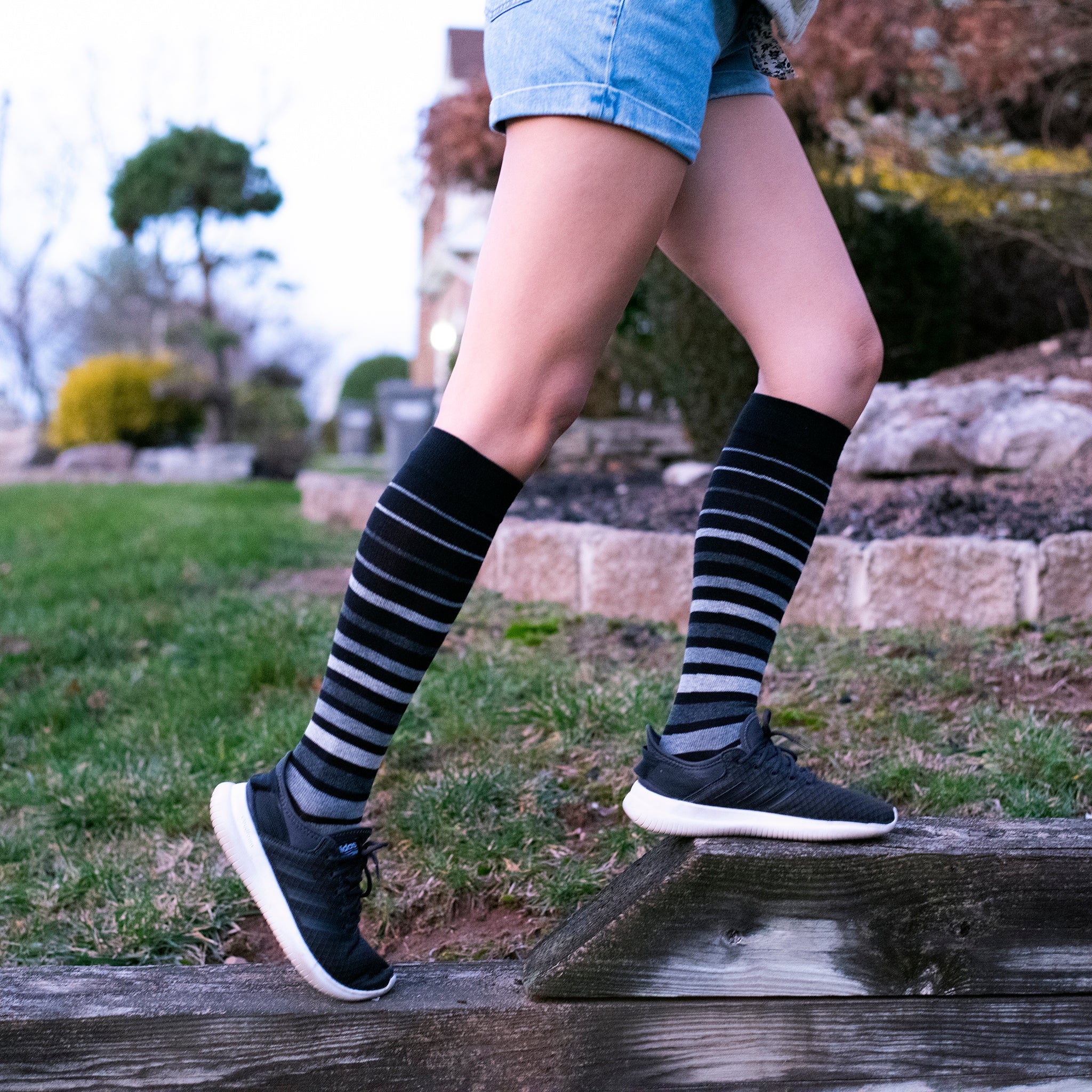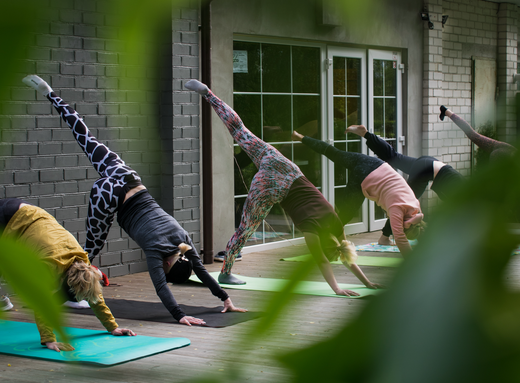When To Remove Compression Socks After Surgery?
Do you have a major surgery coming up? Compression socks may play an important role in how fast your body heals after your operation. Doctors often recommend post-surgery compression socks to boost patient recovery and prevent a complication called deep vein thrombosis, or DVT. In some cases, wearing compression socks after surgery makes a life-or-death difference in the outcome of the procedure.
Why wear compression socks after surgery? How can something as simple as wearing knee high compression socks after surgery make such a big difference? How long should you wear compression socks after surgery?
There are at least seven different benefits of compression socks after surgery, although wearing post-surgery compression socks should include having an explicit conversation with your doctor first. Here are the major benefits of post-surgery compression socks:

Wearing compression socks after surgery promotes circulation.
Surgical patients have two competing needs after their procedures. It is important to keep the incision site stable to avoid disturbing stitches. But it is also important to keep blood flowing even when it is not possible to flex major muscles. Graduated compression after surgery can keep blood flowing by applying gentle, tapering pressure on your legs. This increases circulation even when patients are restricted to bed rest.
Wearing compression socks after surgery prevents deep vein thrombosis (DVT).
Deep vein thrombosis (also known as DVT) is a condition that occurs when blood clots form in pools of blood in inactive veins. These clots can circulate back to the lungs or heart with potentially fatal consequences. Symptoms of DVT include a feeling of warmth in the leg, red or discolored skin, and pressure pain. Surgery increases the risk of DVT, but clinical studies show that wearing compression socks after surgery reduces the risk of developing DVT by more than half.
Wearing compression socks after surgery reduces swelling.
Swelling after surgery is not unusual. Some post-surgical swelling is expected. The specially woven fabric in compression socks does not allow the skin to expand, so fluid is forced out of the legs and into general circulation instead of settling in one place.
Wearing compression socks after surgery prevents varicose and spider veins.
It is not unusual to develop varicose veins or spider veins after an operation, particularly after an operation on the lower legs. Circulation in tiny veins becomes sluggish, and the walls of the veins expand to accommodate the pooling blood. Spider veins are mostly a cosmetic problem. Varicose veins, on the other hand, can become itchy. They can ache or sting. They bleed freely if the skin is cut. They can even become ulcerated. Post-surgical compression socks improve circulation and reduce the formation of both spider veins and varicose veins.
Wearing compression socks after surgery accelerates healing.
Compression socks improve circulation. They make it easier for oxygen and nutrients to reach the tissues affected by your incision. They help medications circulate to the locations where they are needed. Compression socks do not substitute for doctor-ordered wound care and taking care to take all your pills, but they can help you get back on your feet faster — often literally.
Compression socks after knee surgery reduce swelling in the ankle and calf.
If you have had knee surgery, you may be directed to wear compression socks on days the ankle or calf of the affected leg seems swollen.
Compression socks after surgery promote uncomplicated recovery.
Taken together, the benefits of post-surgical compression socks promote faster, safer, uncomplicated recovery after almost any kind of surgery. But then there is the consideration of when to remove compression stockings after surgery.
So how long should you wear compression socks after surgery? It is always best to consult with your doctor to see if they are recommended after surgery. If they are, you should wear them day and night until you are able to walk freely once again. Generally, compression stockings worn at night results in the same benefits mentioned above, but always check with your doctor post-surgery to be sure. There are some procedures, such as the ablation of one or both of the saphenous veins in a leg, for which you will be directed to wear a compression sock and not take it off until it is removed by the doctor. And there will be rare times (for instance, you have a rash on your leg) that you should not wear compression socks at all.

Now let's see a quick recap of what after-surgery compression socks offer.
Benefits of Compression Socks Post-Surgery:
- Promote circulation.
- Prevent DVTs.
- Prevent swelling.
- Prevent varicose and spider veins.
- Accelerate healing.
- Reduce ankle and calf swelling after knee surgery.
- Make recovery faster and keep if free of complications.
Compression Socks For After Surgery
At Dr. Motion, we create some of the best compression socks after surgery in the industry and may be just what the doctor orders for long-term wear after your surgery. Wondering how tight are compression socks supposed to be? Not a problem, check out our size chart to ensure you get the right size for your feet. Dr. Motion provides pairs of comfortable compression socks for men and women that are easy to put on and come in a variety of colors/designs. Find the perfect socks for you!
Disclaimer: This article provides information solely for educational purposes, including but not limited to text, graphics, images, and other materials contained herein. This article is not intended to substitute for professional medical advice, diagnosis, or treatment. Always seek the advice of your physician or another qualified healthcare provider with any questions you may have regarding a medical condition.


